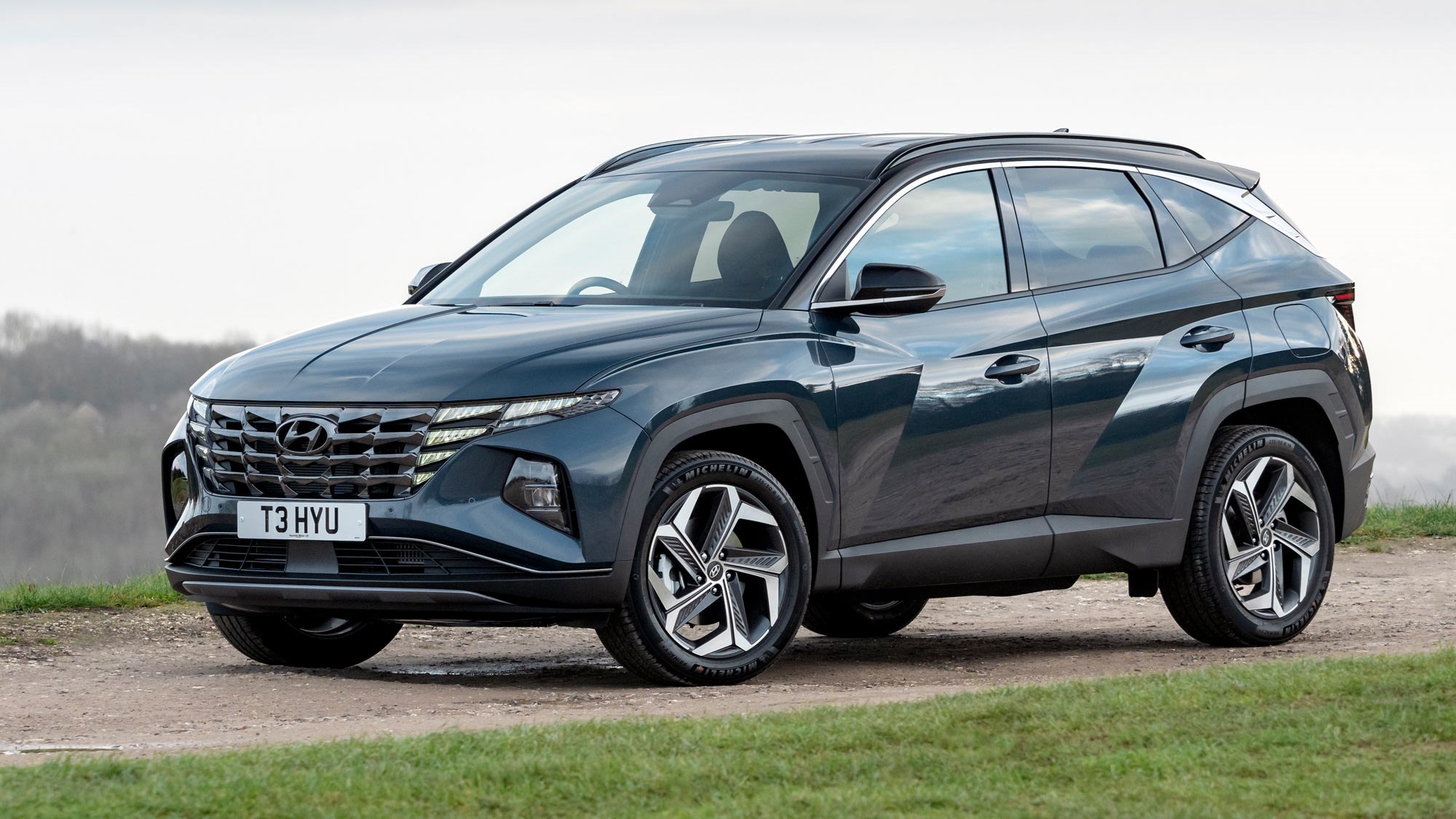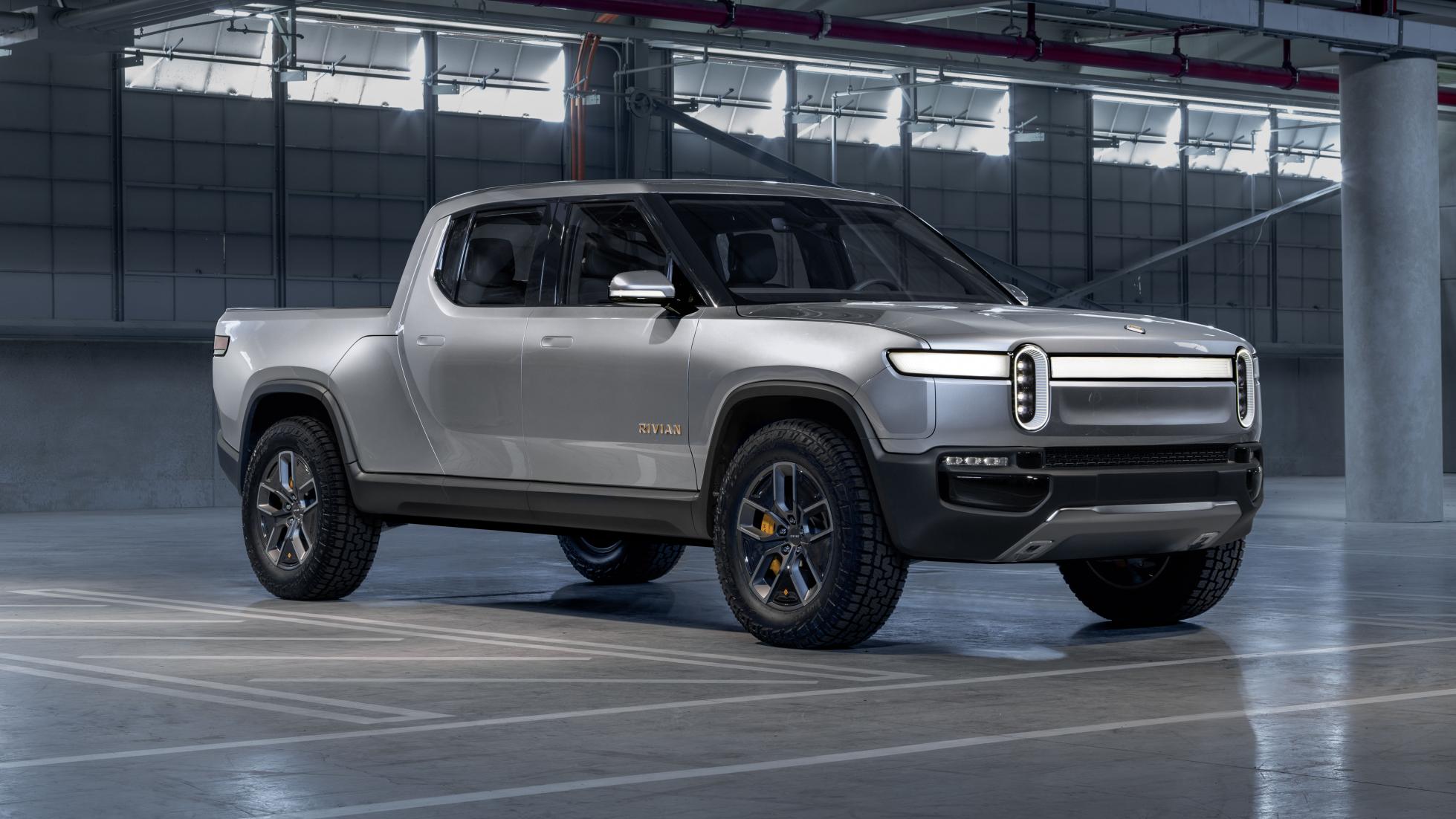Table of Contents
When it comes to road safety, a helmet is an indispensable piece of protective gear for riders. Whether you’re riding a motorcycle, bicycle, or electric scooter, wearing a helmet for men can significantly reduce the risk of serious head injuries. With a variety of helmet styles, designs, and technologies available, choosing the right one can be overwhelming. This guide will help you understand the importance of helmets, explore different types, and provide insights on selecting the best one for your needs.
Why Wearing a Helmet is Crucial
A helmet’s primary function is to protect your head from impact during accidents. Studies indicate that helmets can reduce fatal head injuries by nearly 70%. Here are a few reasons why wearing a helmet is essential:
- Prevents Traumatic Head Injuries – Helmets absorb impact and protect the brain from serious damage in case of accidents.
- Legal Requirement – Many countries have strict helmet laws that mandate riders to wear one for their safety.
- Weather Protection – A helmet shields riders from extreme weather conditions like harsh sunlight, wind, rain, and dust.
- Enhances Visibility – Reflective materials and bright colors on helmets improve visibility on the road, especially at night.
- Reduces Wind Noise and Discomfort – A good helmet minimizes wind resistance and reduces external noise, ensuring a comfortable ride.
Different Types of Helmets for Men
Based on riding preferences and safety requirements, helmets come in various styles. Here are some of the most popular types:
1. Full-Face Helmet
This is the safest type, offering full coverage to the head, including the face and chin. It is ideal for high-speed riders and provides maximum protection.
2. Open-Face Helmet
Also known as a three-quarter helmet, this covers the top, back, and sides of the head but leaves the face open. It provides better ventilation but slightly less protection compared to full-face helmets.
3. Modular Helmet
This hybrid option combines the benefits of full-face and open-face helmets. It features a flip-up chin bar, allowing riders to switch between a closed and open design as needed.
4. Half Helmet
Covering only the top of the head, half helmets offer minimal protection. They are lightweight and stylish but not recommended for high-speed rides due to limited coverage.
5. Off-Road Helmet
Designed for dirt bike and adventure riders, off-road helmets feature an extended chin guard, enhanced ventilation, and a visor for better protection against rough terrain.
6. Smart Helmet
Equipped with Bluetooth connectivity, built-in cameras, GPS navigation, and hands-free communication, smart helmets are designed for tech-savvy riders looking for convenience and enhanced safety.
How to Choose the Right Helmet for Men
Selecting the perfect helmet for men involves considering several crucial factors:
1. Safety Certification
Always ensure your helmet meets safety standards such as:
- DOT (Department of Transportation) – USA
- ECE (Economic Commission for Europe) – Europe
- ISI (Indian Standards Institute) – India
- Snell Certification (for high-performance helmets)
2. Proper Fit and Comfort
A well-fitting helmet enhances safety and comfort. Follow these steps to find the right size:
- Measure the circumference of your head above your eyebrows.
- Refer to the manufacturer’s size guide.
- Ensure a snug fit without excessive pressure points.
3. Ventilation System
Look for helmets with proper airflow and moisture-wicking liners to keep you cool and comfortable, especially during long rides.
4. Visor and Face Shield
A high-quality visor protects against UV rays, dust, and glare. Anti-fog and anti-scratch coatings enhance visibility in varying conditions.
5. Helmet Weight
Lightweight helmets prevent neck strain and fatigue, making them ideal for long-distance rides.
6. Additional Features
Many modern helmets come with added functionalities, such as:
- Quick-release buckles for easy fastening.
- Sun visors for glare protection.
- Bluetooth integration for seamless communication and navigation.
Helmet Maintenance and Care Tips
To ensure durability and maximum protection, follow these maintenance tips:
- Clean the Helmet Regularly – Use mild soap and water to clean the shell and visor.
- Inspect for Damage – Check for cracks, loose padding, or worn-out straps.
- Store in a Cool, Dry Place – Avoid prolonged exposure to direct sunlight or extreme temperatures.
- Replace When Necessary – Helmets should be replaced every five years or immediately after a significant impact.
Conclusion
A helmet is not just a safety accessory—it is a necessity that protects your life on the road. Whether you choose a full-face, modular, or smart helmet, selecting the right helmet for men ensures safety, comfort, and peace of mind while riding. Invest in a high-quality helmet, follow safety regulations, and make helmet-wearing a non-negotiable habit for a safer and more enjoyable ride.






More Stories
Why Enclosed Car Shipping is Essential for Your High-Value Vehicle
Cash for Cars: The Smart Way to Sell Your Junk Car in Dallas, TX
Emergency Assistance: The Importance of Auto Rescue Services